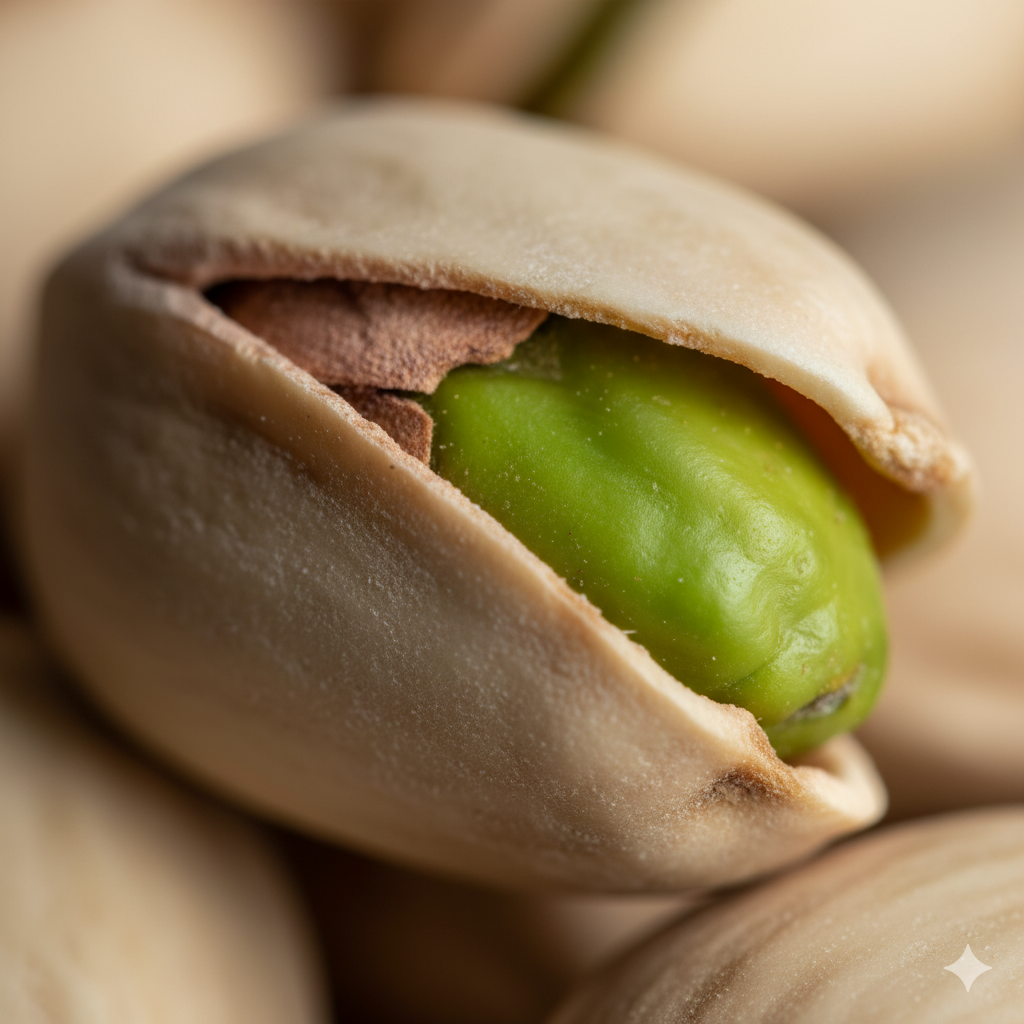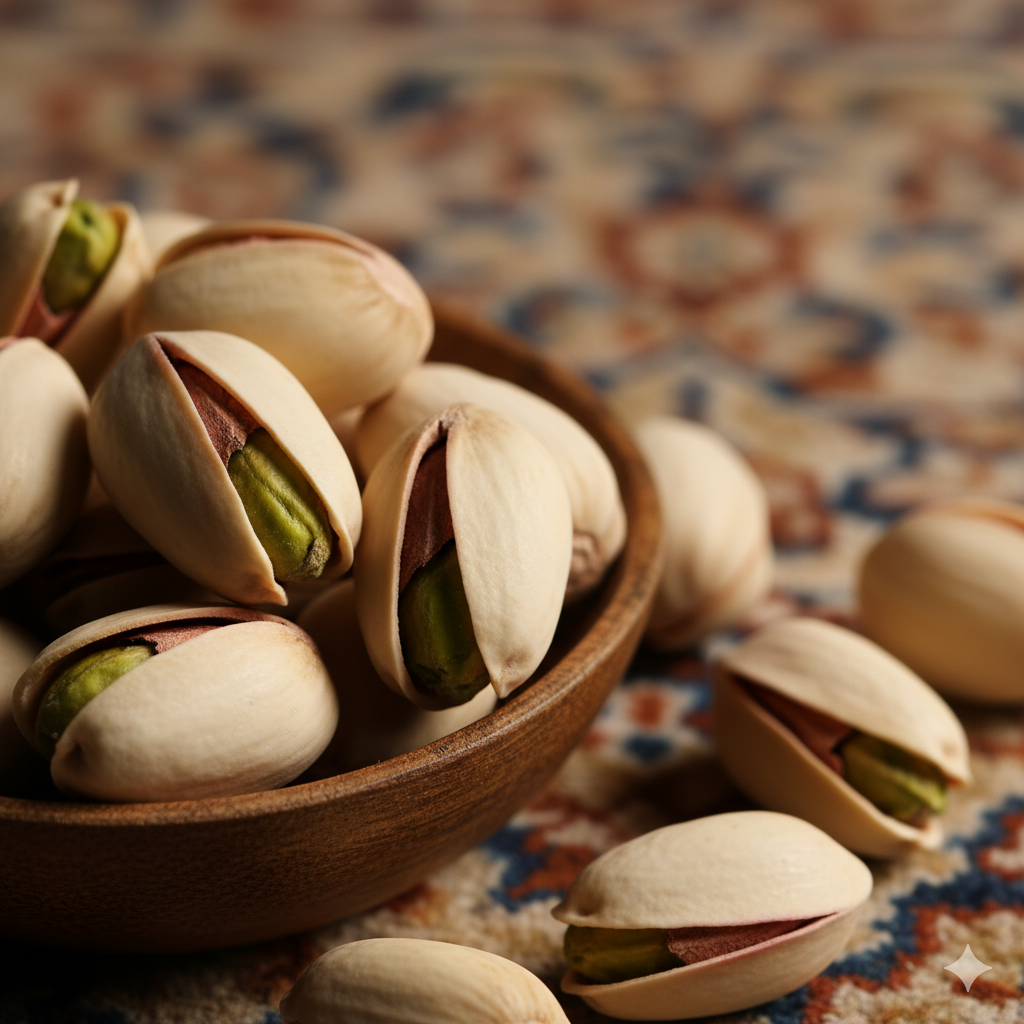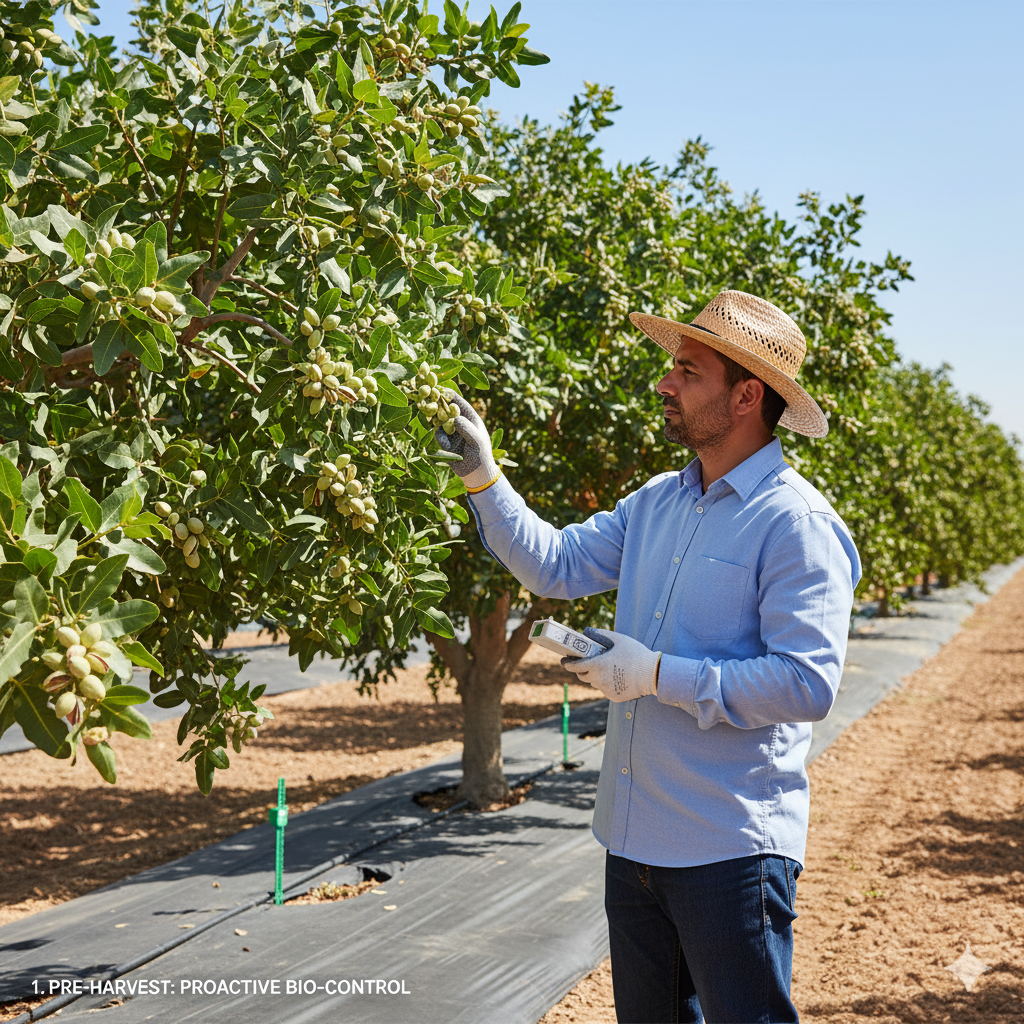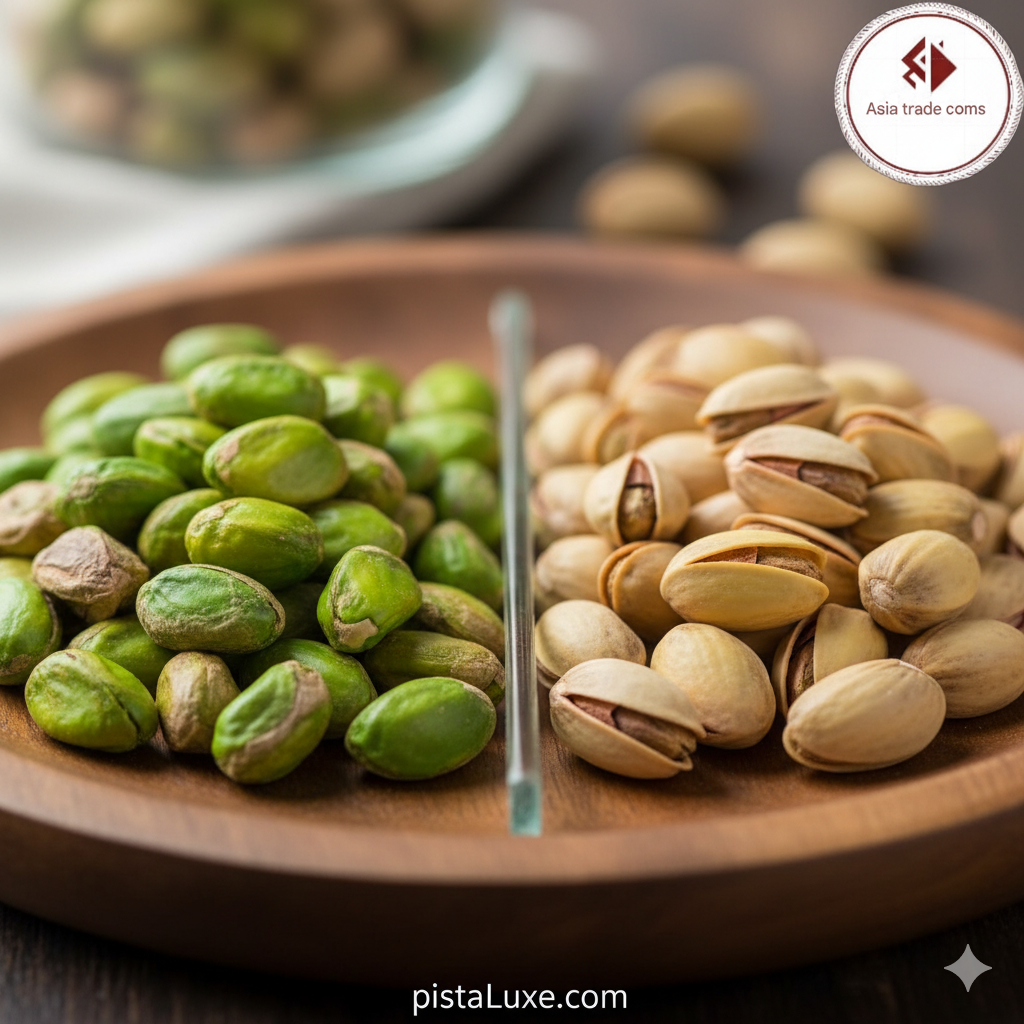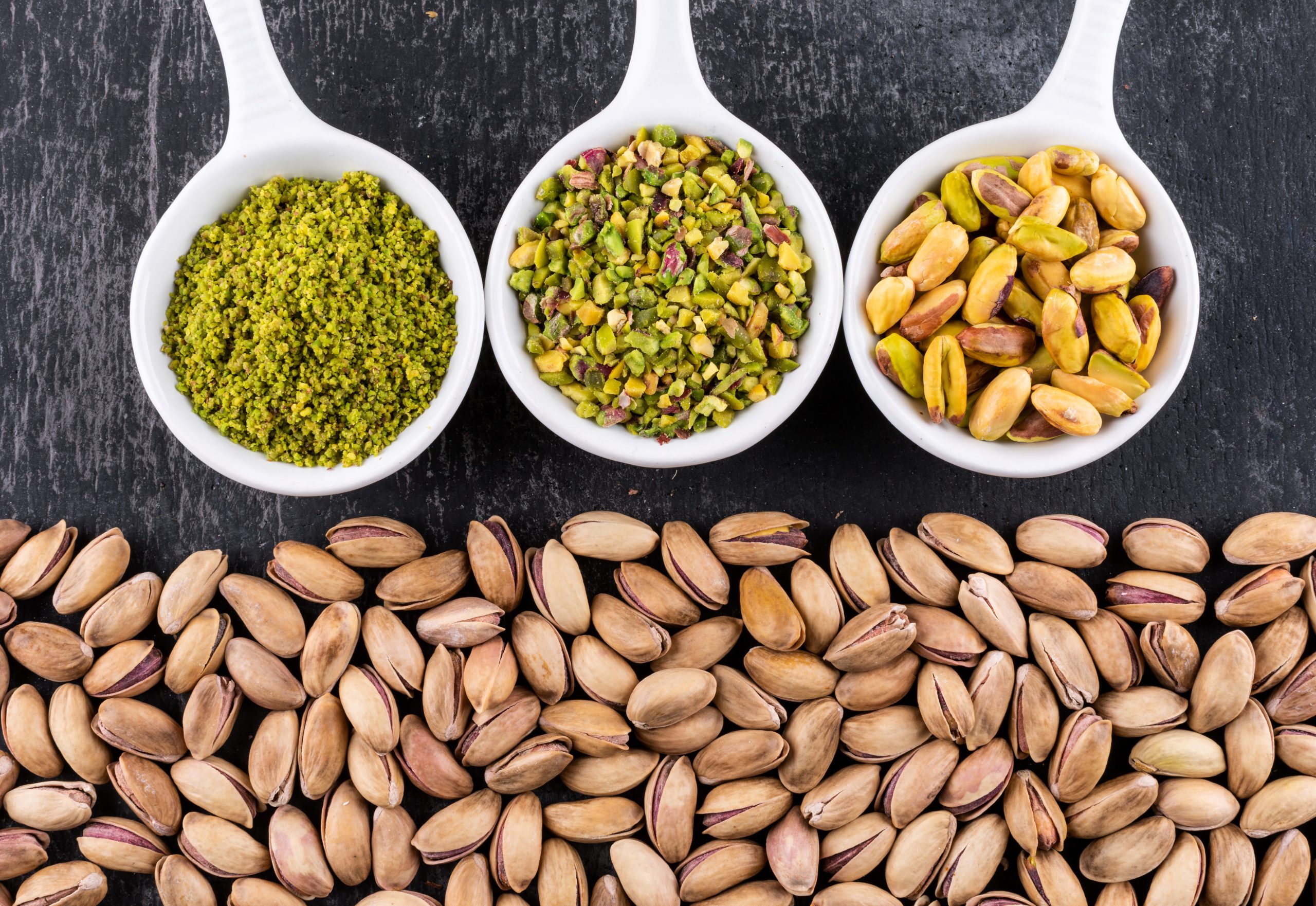
This article examines how pistachios can support long-term healthy eating habits in children, highlighting practical strategies for families, educators, and healthcare providers to incorporate pistachios into routines, meals, and snacks.
Introduction
Early dietary patterns influence long-term health. Pistachios, when offered in appropriate portions and contexts, can promote balanced nutrition, memorable flavors, and sustainable snacking habits.
Health and Developmental Benefits
- Energy-dense snack: Provides sustained energy for active children.
- Protein and fiber balance: Supports fullness and appetite regulation between meals.
- Micronutrient density: Potassium, magnesium, and B vitamins contribute to growth and metabolic health.
- Antioxidants: Phytochemicals may support immune function and overall wellness.
Practical Strategies for Families
- Portion control routines: Use measuring cups or pre-portioned sachets to guide servings.
- Kid-friendly prep: Let kids customize pistachio toppings for yogurt bowls or salads.
- Smart substitutions: Use pistachio butter or paste in place of less nutritious spreads.
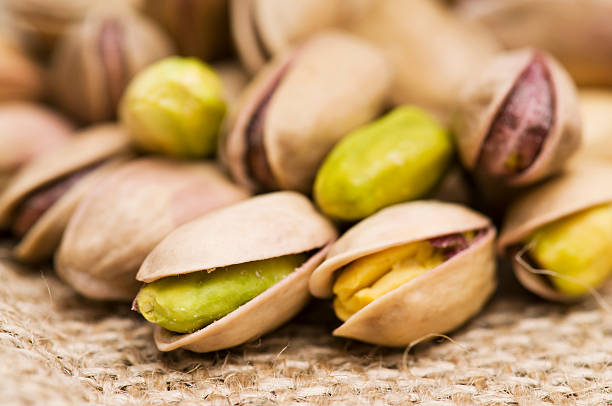
School and Community Settings
- Healthy school snacks: Packaged in approved containers with clear allergen information.
- Education and labeling: Teach children about reading nutrition facts and ingredient lists.
- Allergen-aware policies: Understand school guidelines for nut-containing foods.
Safety and Quality Considerations
- Allergen management: Strict avoidance for children with nut allergies; alternative protein sources where needed.
- Storage: Keep pistachios in a cool, dry place to maintain freshness and prevent spoilage.
- Quality signals: Fresh aroma, uniform color, and proper packaging indicate quality.
Flavor and Culinary Ideas for Families
- Fun recipes: Pistachio-crusted chicken bites, pistachio pesto pasta, pistachio yogurt parfaits.
- Meal planning tips: Incorporate pistachios into weekly menus to diversify protein and fats.
- Budget-friendly options: Compare bulk vs. single-serve packs to optimize cost per serving.
Measuring Impact
- Monitoring intake: Track variety, nutrient intake, and tolerance to new foods.
- Feedback loops: Involve children in menu planning and grocery shopping to foster lifelong healthy habits.
Conclusion
When integrated thoughtfully, pistachios can play a pivotal role in shaping healthy eating patterns for children and families, contributing to nutrition, flavor variety, and sustainable snacking behaviors.
To order or get advice on pistachio and dried fruit varieties, contact our team via our official WhatsApp. Our support team is ready to answer your questions and can help you choose the right pistachio and dried fruit. WhatsApp number 009890214773705


